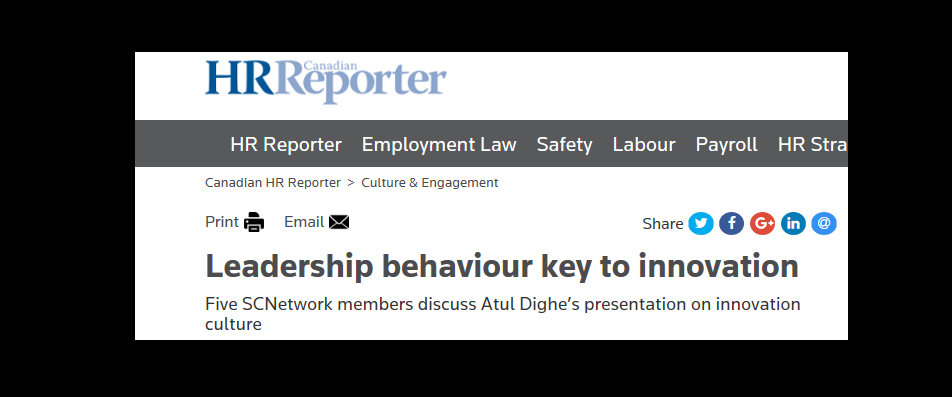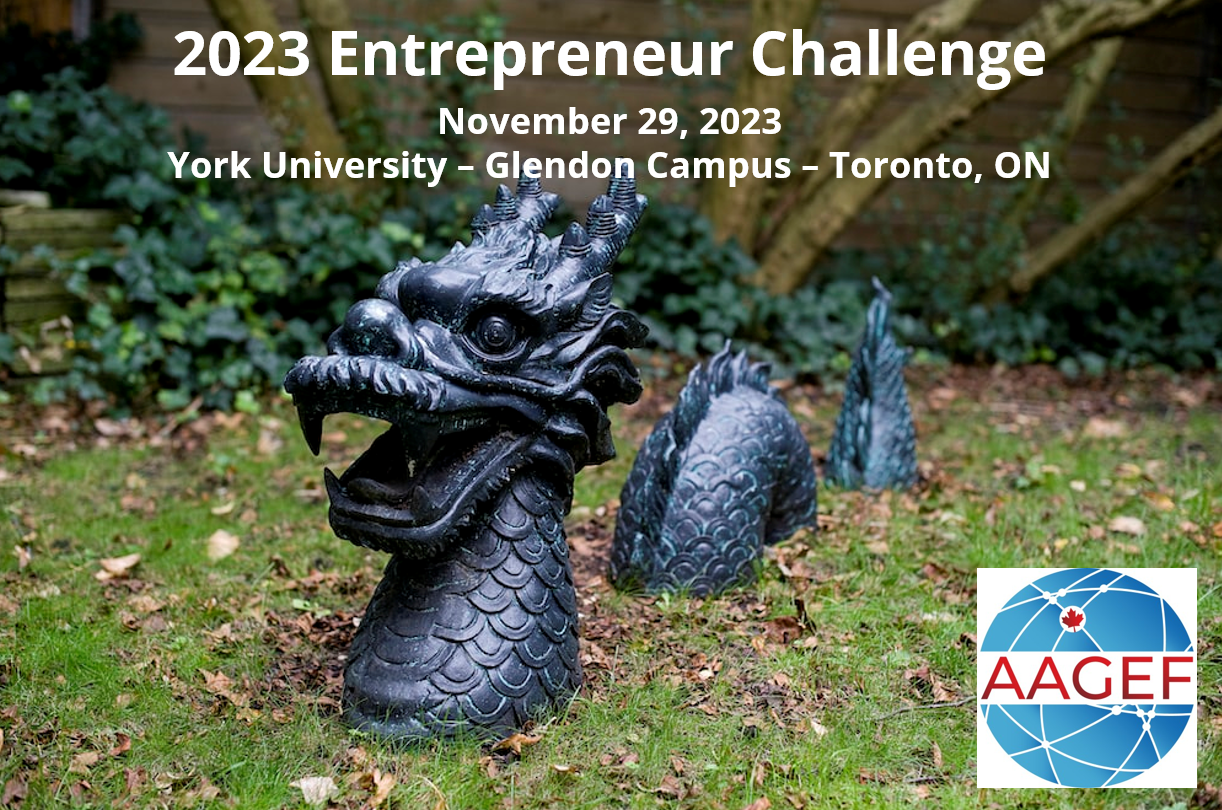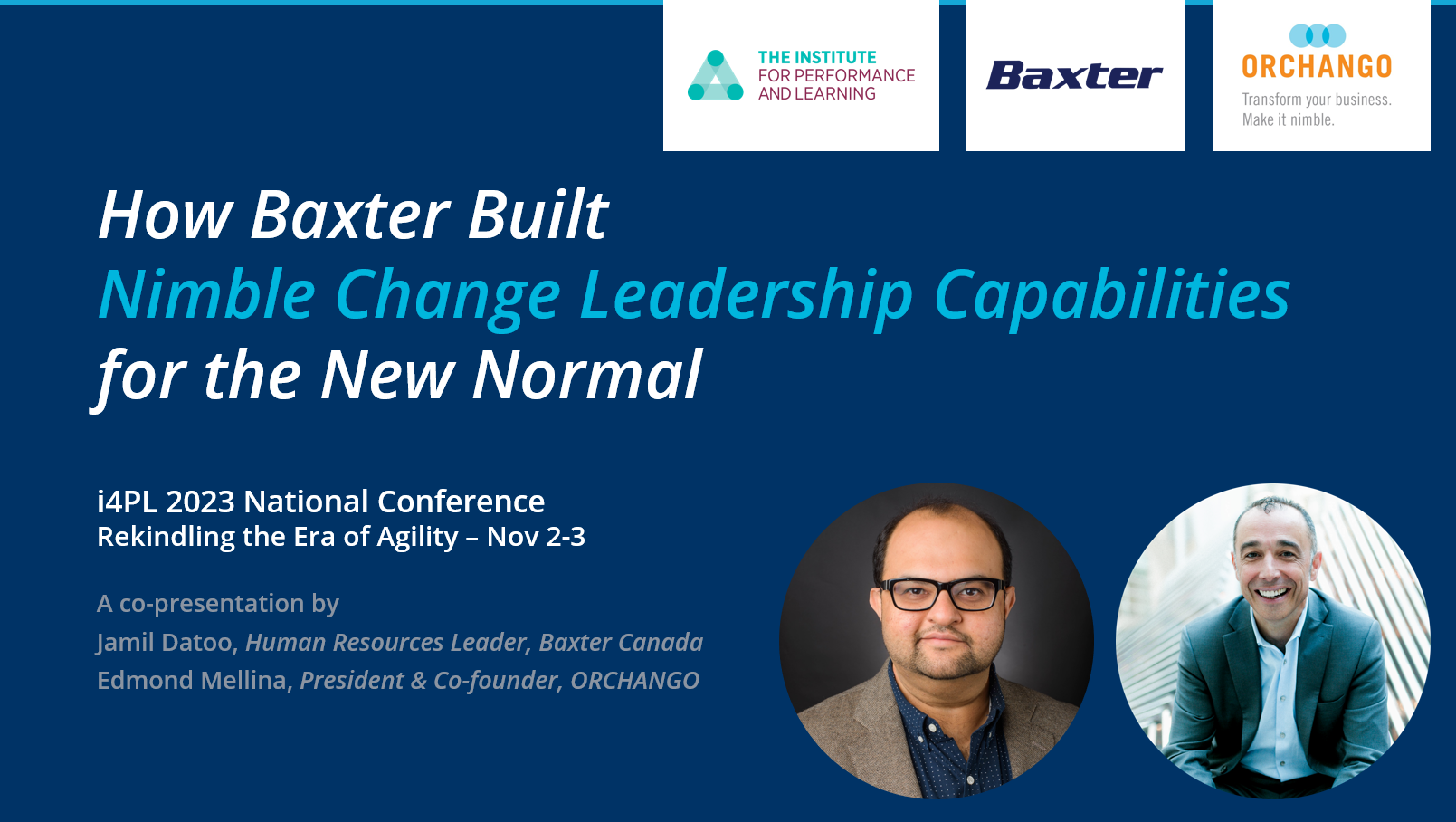Bel article de François Bergeron, rédacteur en chef de l'Express de Toronto, à propos du 9ème…
Discussion following Gartner’s SCNetwork presentation

San-Francisco based Atul Dighe from Gartner recently presented at the Toronto chapter of the Strategic Capability Network. Following the event, ORCHANGO president & co-founder Edmond Mellina engaged in a discussion with four other members of the premier association. The discussion was featured on Canadian HR Reporter, a Thomson Reuters publication.
——————
Leadership behaviour key to innovation
Oct 16, 2017
Leadership behaviour key to innovation
Five SCNetwork members discuss Atul Dighe’s presentation on innovation culture
Silvia Lulka: Innovation seems like a given — we all talk about it, we all say we need it, and we all say it is important — and yet what it is and how we do it remains somewhat amorphous.
In his presentation “Creating an Innovation Culture,” Atul Dighe of Gartner (formerly Corporate Executive Board or CEB) made an interesting and important distinction between culture — the deeply held beliefs that evolve slowly and are difficult to change — and climate — the shared perception of how we work, the way we interact with each other and with our customers.
Climate is easier to control, easier to change and can eventually lead to cultural change. I like that distinction because it defines and helps us focus on what we can do.
Not surprisingly, his research shows that the most overwhelming factor in creating a climate of innovation is what senior leaders do and say. He gave us a great example by asking us to do an
activity. Unbeknown to us, the instructions were different. The groups with instructions that said, “Don’t evaluate… have fun” had far more ideas than the group with instructions that said, “You may be asked to present your best idea.”
It’s a good reminder that what we say sets the tone for those around us to create and innovate. Every time we say, or hear someone say, “We tried that before,” “They won’t go for that” or “That’s out of our scope,” we are reinforcing a climate that does not foster innovation. It’s something worth keeping in mind.
Tracey White: I agree. When Atul asked us to identify factors that supported or discouraged an innovation mindset, I picked “failure intolerance.” I was surprised to see that CEB’s research identifies “leader behaviour” as the number one factor. But, I shouldn’t have been. We’ve known since work on change management debuted in the 1990s that tone from the top matters.
Leaders are key to setting the climate for change acceptance, risk-taking and failure tolerance — all of which drive new product development and enable business to respond quickly to changing customer expectations.
CEB’s research found two-thirds of business leaders agree that transforming their core business model is a top priority. And yet Atul observed that risk aversion is part of our corporate DNA. I
would argue our business operating systems militate against innovation. Take HR systems like stacked ranking, for example, which was blamed for undermining the innovation culture at Microsoft.
Indeed, there is a growing body of evidence to show public companies are less able to invest in innovation and build long-term value. McKinsey found that 55 per cent of executives would delay or forego investment in research and development (R&D) if it threatens quarterly earnings. This strikes to the heart of Atul’s point. People are watching executive behaviour all the time for signals about what matters. They won’t take risks to innovate if they perceive a “say-do” gap at the top.
Edmond Mellina: The McKinsey stats are telling. If the C-suite doesn’t walk the innovation talk, it’s game over.
Having said that, I initially felt ambivalent when Atul started hammering the utmost importance of senior leadership behaviour. Indeed, change is a game of proximity. Distant leaders cannot play the game effectively, whether you measure distance in terms of geography or hierarchical levels. Local leaders represent the true keystone of change because they have significantly more influence on their people than any C-suite executives.
So, as I was listening to Atul, I kept thinking, “Yes, but what about the local leaders?” Until he put up a slide explaining that senior leaders come in three forms: C-suite executives, R&D/innovation leaders and senior-level innovation team leaders. That was an important point because the last two categories encompass the local innovation leaders.
In other words, the stage is set for innovation when both C-suite executives and local innovation leaders walk the innovation talk.
But, let me go back to Silvia’s first comment about climate versus culture. I’ve always had a leitmotiv when starting to drive difficult change: “Focus first on getting (tiny) motion in the right direction.” That is why I really liked Atul’s distinction between climate and culture. Changing the culture is akin to boiling the ocean. It’s too overwhelming, too big a challenge. But, starting to create a different climate is achievable. Not only that, but it gets us the all-important motion in the right direction — that is, towards culture change. If we keep working on the climate, the culture will eventually follow.
It’s a very pragmatic approach. I like it a lot.
Paul Pittman: I was interested in the source of the research, namely those with designated responsibilities for innovation and R&D in the organizations that CEB studied. That being the case, I don’t think we should be surprised that “rewards” also scored highly as an important driver of innovation. Most employees asked about their functional responsibility would tag this as an important factor in their behaviour — as Atul said, none of us work for nothing.
As Silvia points out, leadership behaviour is another factor as a strong driver of innovation. But isn’t this what drives most of the behaviours of subordinates — both good and bad? Of course, innovation will flow and be a key feature of the culture if leadership encourages a climate of experimentation.
I thought Atul’s example of the lowly umbrella was, as Alfred Hitchcock would have said, a “McGuffin” — a red herring. Quite clearly, innovation in umbrellas, by his own admission, has not
occurred for 200 years and would likely have been commercial suicide for James the umbrella seller. (By the way, did anyone check that the folks who came up with 13 examples of umbrella innovation were at a table with the open-ended question?) I was unclear about what this example and the exercise were meant to demonstrate — it certainly wasn’t innovation.
Innovation as peddled by consultants is a poison chalice. For example, industry today is rushing to “app” their products — to have them join “the internet of things.” Since these are highly dependent on constant Wi-Fi connectivity, many will fail to live up to the performance of their analogue predecessors — note the digital doorbell.
The rush to innovation, rather than studied progress to sustainability, has destroyed many commercial reputations and significant shareholder value. The nature of the market is that consumers will buy what they are presented with, but if dissatisfied, will just as quickly stop buying.
My thinking is: Figure out what it is that you do and continue to refine it so that you are constantly doing it — as defined by your customers — extremely well. And, like the umbrella seller, ensure that you will be around for another 200 years. Your shareholders will thank you.
Jan van der Hoop: Culture, climate, the poison chalice and the permission to fail. As always, there’s no shortage of strong views and perspectives around this table.
For me, I think the recurrent truth that emerged in this presentation (as it did in all others we’ve enjoyed recently) is that the success or failure — of a plan, business unit, change initiative or innovation strategy — lies in the hands of your leaders at all levels in the organization. If they do not own the heads and the hearts of the people under their responsibility, and if they are not leading by personal example, authentically and transparently modelling the desired behavior, nothing will move in the desired direction.
That manager is the key who will either unlock success or doom an initiative to the trash heap of good but unrealistic ideas that are poorly executed.
© Copyright Canadian HR Reporter, Thomson Reuters Canada Limited. All rights reserved. Posted with permission.




This Post Has 0 Comments